 Ted Hesser's amazing photo of the eclipse over Smith Rock Oregon
Ted Hesser's amazing photo of the eclipse over Smith Rock Oregon If you've read my previous posts on the #BoltEV in my Electric Vehicles category, you know that we regularly take what most people would consider long trips for an electric vehicle (EV). But a trip from Santa Cruz to Oregon for the eclipse would be well over 1200 miles. We had confidence in the Bolt, and we'd read Harvey Payne's account of his trip from southern California to Oregon posted in the Facebook Chevy Bolt Owner's Group forum. That gave us a big leg up.
However, we wanted to be prepared. We used Plugshare to lay out the trip and where we would need to charge, along with alternates in case a station was occupied or not working. We decided that for this trip we'd be conservative and not push the range of the Bolt. Personally, I was a bit worried about the drive over Siskiyou Summit, especially for the trip back where you climb from Ashland to the summit in about 10 very steep miles. The charging plan was step one in our preparations.
During one of our regular 175-mile drives to our place in the Sierra, I narrowly avoided hitting a sharp piece of scrap metal on highway 580 going down Altamont Pass. Unfortunately, several other vehicles were on the side of the road with blown-out tires. We decided then and there, as we looked at the 110 degree temperature outside, that we didn't want to take a chance on flat in the middle of the desert in eastern Oregon. So, we bought a full-sized spare for the Bolt.
As you can see from the photos above, it fits nicely (deflated a bit) in the space in the back under the removable cover. And, it provides a nice place to store our portable EVSE and J1772 extension cable with space left for the lug wrench, jack, compressor, and our disc golf equipment.
We packed food and emergency supplies and were ready for our Bolt's longest trip.
Just before leaving, a contractor contacted us to say he could start work on the decks at our place in the mountains, so we decided to head up there before making our way to Oregon. As usual, our 175-mile drive in the Bolt was uneventful. Even with the 4000' altitude gain - we averaged over 4 mi/kWh.
As often happens, the contractor didn't show. We took advantage of his absence to continue up to Kirkwood for some disc golf among the seemingly infinite fields of wild flowers.
The next day we left our place in the Sierra fully charged and found ourselves caught in Sacramento traffic. We stopped in Corning to get a bit of a bump before continuing the 100 miles to Yaks in Dunsmuir for lunch and a charge. Next stop Ashland where, based on Harvey Payne's recommendation, we'd spend the night at The Palm Cottages and take advantage of their free charging. Since I-97 has no fast charging stations, very few J1772 stations, and with eclipse traffic, we knew that all campgrounds were full (no available connections for our NEMA 14-50 EVSE), we decided to meet Karen's daughter and son-in-law in Eugene (instead of going directly to Bend) where we could plug our EVSE into their dryer outlet overnight before heading over to Bend, an easy 130 miles away.
The trip from Ashland to Eugene was uneventful and the next morning we drove through the rolling hills/mountains of southern Oregon on our 180-mile final leg to Eugene. In addition to the charging advantages, this detour gave us a chance to dine at the always amazing Rye on 3rd in Eugene, where we started with the Poutine (a decadent Canadian dish composed of French fries topped with duck confit and cheese), and ended with their house made chocolates paired with whiskies - mine was dark chocolate caramel paired with W.L. Weller special reserve.
But I diverge...
Karen had the brilliant idea to track our kwH usage between fast charging stations (or their exits if we didn't stop) and other key landmarks that we passed to help others better plan their trips along I-5 over Siskiyou Summit, and to show us exactly how much, and when, we needed to charge on future trips. Here are the stats for Sacramento to Eugene and Eugene to Santa Cruz.
To put this into perspective, we had two people in the Bolt plus the spare wheel and provisions and toys for our trip. We drive at roughly 5 mph over the speed limit on highways in California (at the speed limit elsewhere), and pretty much right on the speed limit everywhere in Oregon.
Fair warning, although our trip up to Eugene was completely uneventful, our trip back wasn't (note the detour to Chico). On the way back after a full charge using the dryer outlet, we spent the night in Ashland again, and anticipated topping up at Yaks in Dunsmuir, thinking we could make it 211 miles (with a lot of downhill) to the EVgo charger in the Vacaville outlet mall, and then home - just 3 stops total for the trip from Eugene to Santa Cruz. But, as we found out, Yak's charger is powered off when they're closed (we should have paid attention to the station hours). No problem, right? We'll just charge at the Olive Pit in Corning and have lunch there.
No such luck. While the Olive Pit charger worked on our way up, it was down on our way back. We called Chargepoint and worked with them for a good half hour to no avail. James, the Olive Pit owner came out to try to help, but no luck. He had some serious complaints about Chargepoint service, but then told us he was still planning to add a new, higher kW charger next to the current one. He's a great guy who's looking at purchasing an EV himself, so stop by the Olive Pit if you're passing to thank him for the charging stations and his support of EVs.
With Corning down, we thought we'd just have to make it the 50 miles to Williams to charge at the Carl's Jr. there, but it wasn't showing up on Plugshare (I had the 'available' filter on). I called Chargepoint, and they admitted that Williams was down too. I asked about the one in Redding (thinking we might backtrack), and apparently it was flaky - three charging stations, each over 50 miles apart that were down! That could give anyone range anxiety.
But fortunately, Harvey Payne had mentioned the solar-powered, free charging station at the Sierra Nevada Brewery in Chico. Quite frankly, the detour was worth it because of the superb lunch we had there. We charged for a bit over an hour, drove to Vacaville, charged for a bit less than an hour and raced home to Santa Cruz using our new (free for EVs) FastPass Express Lane pass to bypass most of the Bay Area commute traffic.
We learned a lot on this trip. First and foremost, the Bolt continues to surprise us with its range. Using the numbers we charted, it's clear we can optimize our charge times on future trips. Next, although we did plot alternative stations, we didn't anticipate 3 successive stations being down by double checking availability. And, we didn't pay attention to station operating hours. Had we done that, we'd have left Ashland later, charged at Yaks over lunch, then only at Vacaville to make it home. And finally, I'm beginning to change the opinion I expressed about whether a Bolt can be your primary vehicle. The Bolt is our primary vehicle. Our Audi has been collecting dust since the end of ski season. Once there's an affordable all-wheel electric with the Bolt's range, we'll trade in the Audi and will go all-electric.
A last story about the eclipse for those of you who didn't go.
According to our friends and relatives in Oregon, the news had been warning about the Apoceclipse - they said that because of millions of anticipated eclipse visitors, there would be food and gas shortages along with crippling traffic jams. We did know that all hotels, rentals, and campgrounds were full, so it seemed somewhat plausible.
But on the Friday before the eclipse, we drove over highway 58 from Eugene to Bend where we had rented an AirBnB (about 130 miles) and there was no traffic at all. We pulled into Crux, our son-in-law's favorite Bend brewery. We'd eaten there before and they have a great menu. Unfortunately, when the menus came, there were only a few items on it. We asked the server about our missing favorites and she said they would return on Monday. Because of the forecast Apoceclipse, they, along with most restaurants in Bend, had reduced their menus to the minimum so that they could more quickly prepare food for the predicted crowds. Unfortunately, those crowds never materialized. It seemed like a normal summer weekend in Bend.
On the day of the eclipse, we drove up to a place in the desert to the east of Madras where we experienced 2 minutes of totality. If you want what I think is a good account of a total eclipse, read my first novel The Silicon Lathe. In it, I describe the awe of a 7-minute total eclipse.
On our way back to Bend, we detoured a couple of miles to visit stunning Smith Rock (in the picture above) for a short hike. Upon returning to Bend, we munched appetizers and sipped cool drinks at a table next to the Deschutes river at the River House. Our drive back to Eugene the next morning was uneventful.
If you get a chance to see a total eclipse, don't miss it. Don't be afraid of the extra hassle to get into the zone of totality. The difference between 99.9% and 100% is literally the difference between day and night. At 100% the stars come out and you can look directly at the sun and all the seemingly miraculous phenomena that come with totality. Our entire family, who was enthralled by this eclipse, is now making plans to go to Argentina for a 4-minute eclipse in 2019. Maybe we'll see you there!
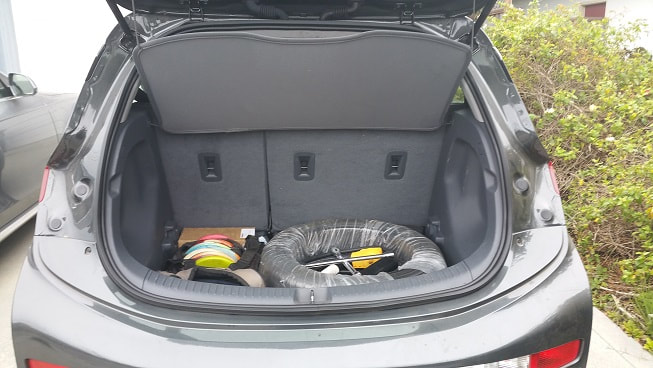

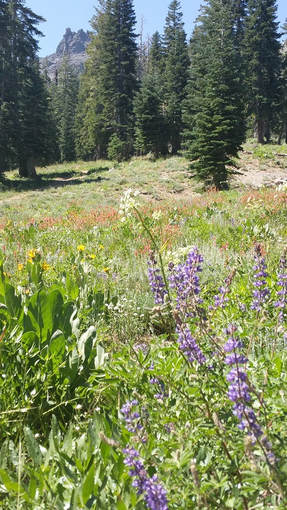
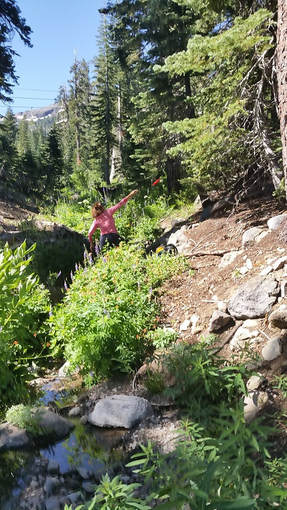


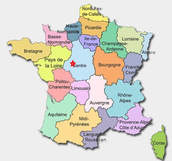





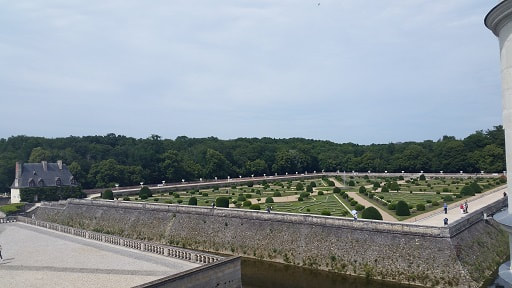



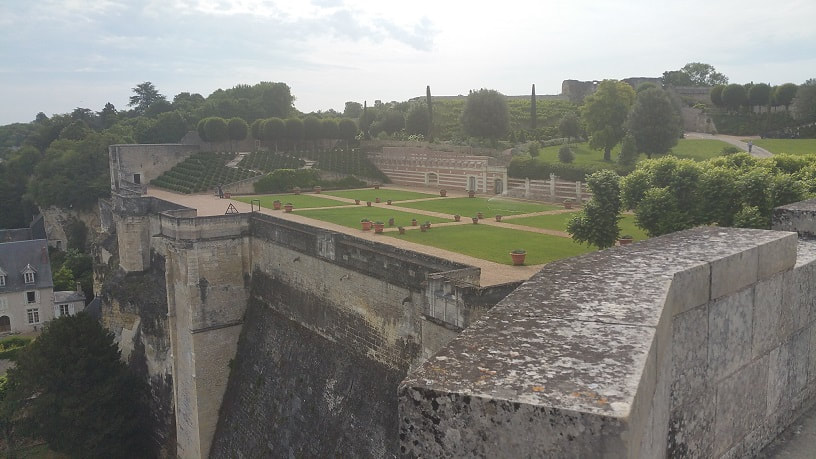
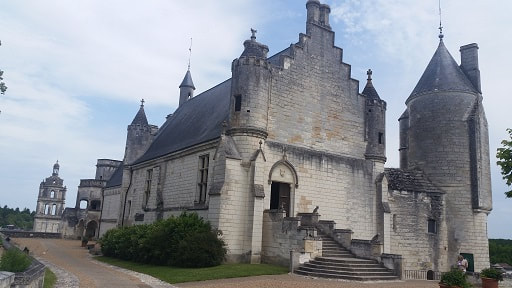
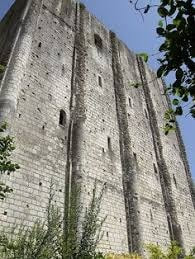


 RSS Feed
RSS Feed